As someone who spends a lot of time on our roads testing and reviewing new cars, as well as driving cars of interest, road safety is something that I think about daily – unlike many on our roads.
Sadly many users of our steadily improving road network don’t seem to think about safety, instead, think they are invincible and that components of their vehicle will last forever and never wear out, or perhaps not think they need insurance or believe they are covered when in fact they are not.
Many also think it is safe to sit on their phones and tablets or maybe even read the paper or business memos about a meeting they are heading too, whilst stuck in traffic or indeed when on the move.
The hard hitting TV adverts of old state that ‘Speed Kills’ and whilst I don’t fully agree with this statement, speed in the wrong hands or under certain conditions is nothing short of lethal, however it’s usually the abrupt stop that kills!
Without speed though, there wouldn’t be the severe impact and abrupt stop!
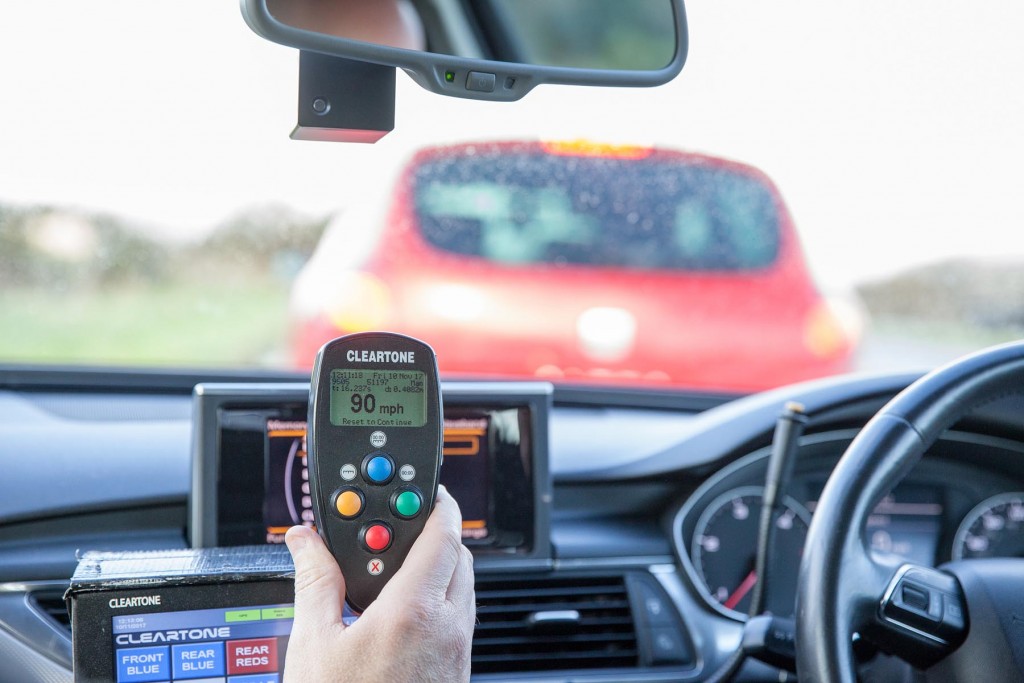
This driver made a good effort at getting 3 points and a £60 fine on a wet road, they barely lifted when going through an accident blackspot on the A26…
Though at the same time, serious injury and death on our roads is often caused by carelessness and neglect at speeds well within the signposted maximums. Neglect for wear & tear items on vehicles as well as carelessness by the drivers.
Issues such as defective lighting, defective wipers and tyres that are far below the legal minimum requirements or with uneven wear, all contribute to a vast majority of the carnage we see on the roads daily, as well as cars with illegal and dangerous modifications.
I’m confident we all see the propaganda reference road safety and road policing issues, be it in print, online or at the roadside – but how many of us actually see this information and then act upon it by checking the important parts of our vehicles are in a law abiding, fit for purpose condition?
Keep in mind that if you are not up-to-date on the finer detail of what is accepted by law or perhaps more importantly, what is safe, most reputable workshops and tyre depots will do a quick visual health check for a small fee or maybe even free of charge, affording you some peace of mind.
The idea of getting my head around road safety issues was a simple one – involving a shift alongside the Police Service of Northern Ireland’s Roads Policing Team, consisting of Constable A and Constable B – documenting photographically as well as scribbling on my trusty old notepad, what drivers and police face on a daily basis regarding dangers and legalities on our roads.
By doing this, it allowed me to explore and highlight issues I see on a daily basis as well as issues raised by those enforcing and educating at the roadside and I do hope this article offers something that will make every single reader check, or get their vehicles checked, especially now that we are into winter driving conditions.
First off, let’s chat about tyres – tyre treads are designed to give good grip on wet roads but this grip decreases as a tyre’s tread pattern wears down or as the depth of water increases. Drivers should take this into consideration and reduce their speed accordingly in wet conditions.
The legal minimum tread depth for cars in the UK is 1.6mm throughout a continuous band comprising the central three-quarters of breadth of the tread and around its entire outer circumference.
In wet weather, tyre tread grooves help to remove water from the contact patch between your tyres and the road surface meaning your car can brake, steer and accelerate properly.
Without adequate tread depth your tyres may not be able to perform properly in wet conditions, reducing your safety on the road. It is therefore advisable to consider replacing your tyres well before they reach the legal minimum.
Some say that at 3mm you should be considering changing your tyres and this may well be true, but not for the premium brands such as Michelin, who maintain their tyres are effective right down to 1.6mm.
I hear from those in the industry all too often that when people change tyres the only thing they care for is the price, and the cheaper the better, well what I will say is think about more than the price Tyres are the only thing between you and the road and a higher price means better quality and with that, comes added safety and longevity.
No price can be put on the safety of you, those within your vehicle and other road users and just a few days before my day out with the PSNI I bought a new car, a front-wheel-drive car with around 2mm of tread on the front tyres.
This tread, on budget tyres, despite being fully legal, was lacking in enough grip to almost end up with me in a ditch on a wintry road, at 10mph less than the maximum speed limit of that meandering A-road.
Before I reached home, I had ordered two branded tyres from my local tyre depot which were fitted a couple of days later and the difference is frightening – although your tyres may look legal and also be legal, they could be very unsafe when close to the limit.
Furthermore, drivers whose tyres fail to comply with the minimum tread depth requirements risk a fine of up to £2,500 and three penalty points for each illegal tyre
A quick and easy way to see if your tyre tread exceeds the minimum legal tread depth is to take the 20p test. Simply place a 20p coin into the main tread grooves of your tyre.
If the outer band of the 20p coin is obscured when it is inserted, then your tread is above the legal limit.
If the outer band of the coin is visible, then your tyres may be illegal and unsafe and should be checked immediately by a qualified tyre professional.
When taking the test, remember to check at least three locations around each tyre. As the test is so quick and easy, stay safe by checking your tyres at least once a month – both the depth and that they are inflated to the correct amount – your vehicle handbook will be able to guide you to the correct pressures.
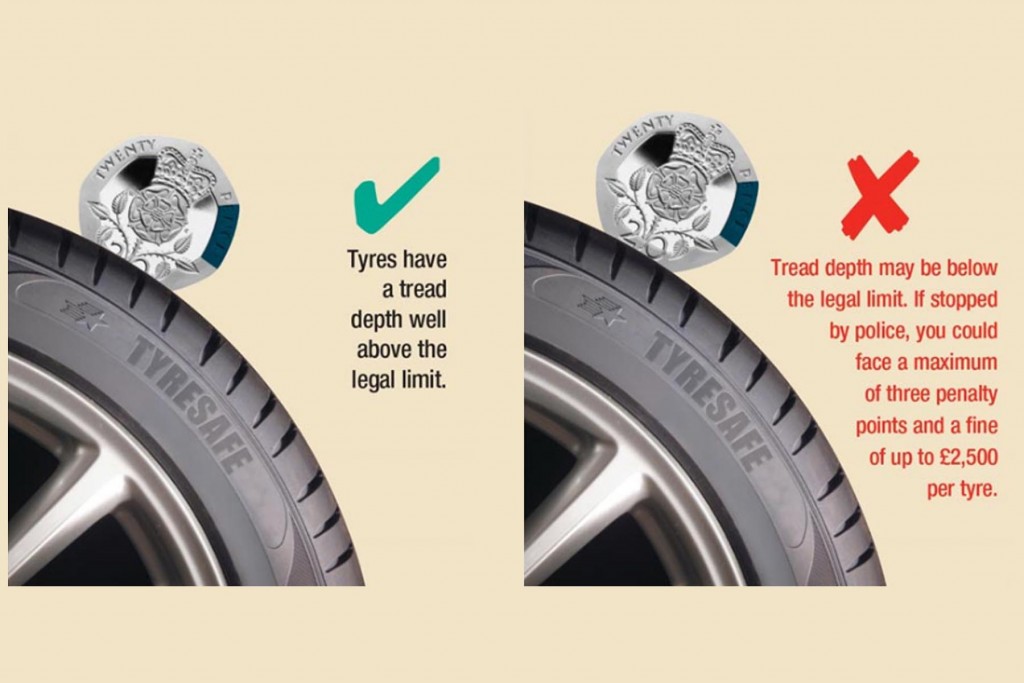
An incredible simple test that will put your mind at ease, or make you get a second opinion… www.tyresafe.org
In situations when your tyres have insufficient tread depth to clear the water properly from the road surface, you may experience the particularly hazardous phenomenon of aquaplaning.
During aquaplaning, your tyres lose contact with the road surface and travel on top of the water’s surface. With no contact with the road, you are unable to accelerate, brake or steer effectively, greatly increasing your risk of being involved in an accident.
To reduce your risk of aquaplaning, check your tyre tread depth regularly – during my day ‘on duty’ a checkpoint was set up primarily as a tyre safety exercise and just a few cars required the depth gauge to be utilised.
Also remember that after driving through a flood or large puddle, your brakes will not be as good as they should be and as such gently press the brake after a large flood to remove the excess water around the discs and pads.
Thankfully everyone was legal, some closer to the law than others as you would expect but all drivers received polite education at the roadside.
One driver asked to have the tyre depth checked and explained to them, mainly as they are embarking a trip to the mainland over Christmas and wanted to be sure they were legal.
Doing this was not a problem at all as Constable B explained in detail everything the road user wanted to know – Insurance was also checked on a few vehicles at the checkpoint, I will expand on the results of these next time.
In further articles I aim to cover issues such as towing, lights and wipers, drink & drug driving, phone and in-car media usage as well as speed.
Words and Photos: Graham Baalham-Curry
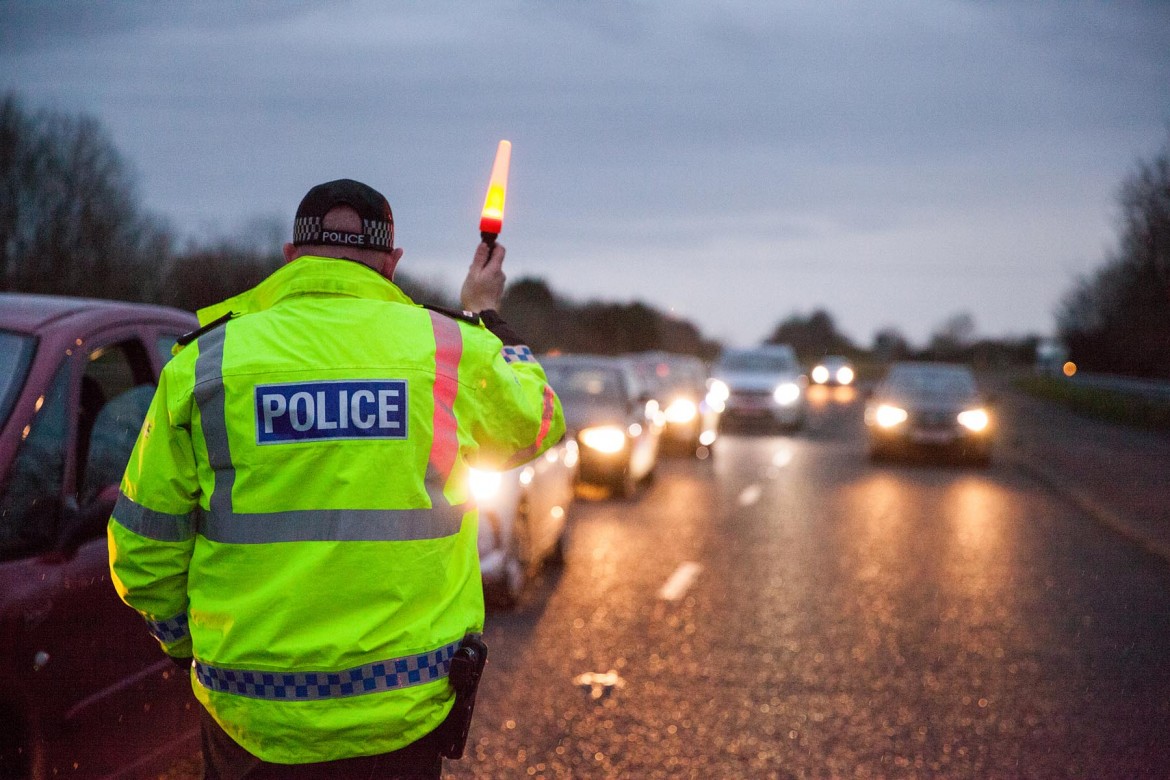
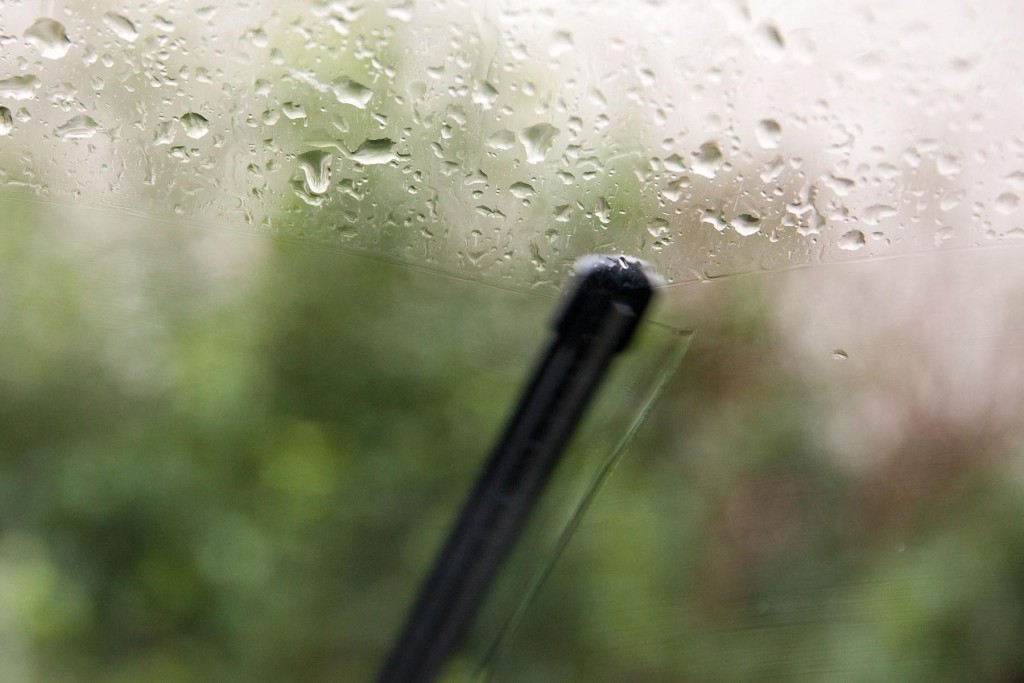
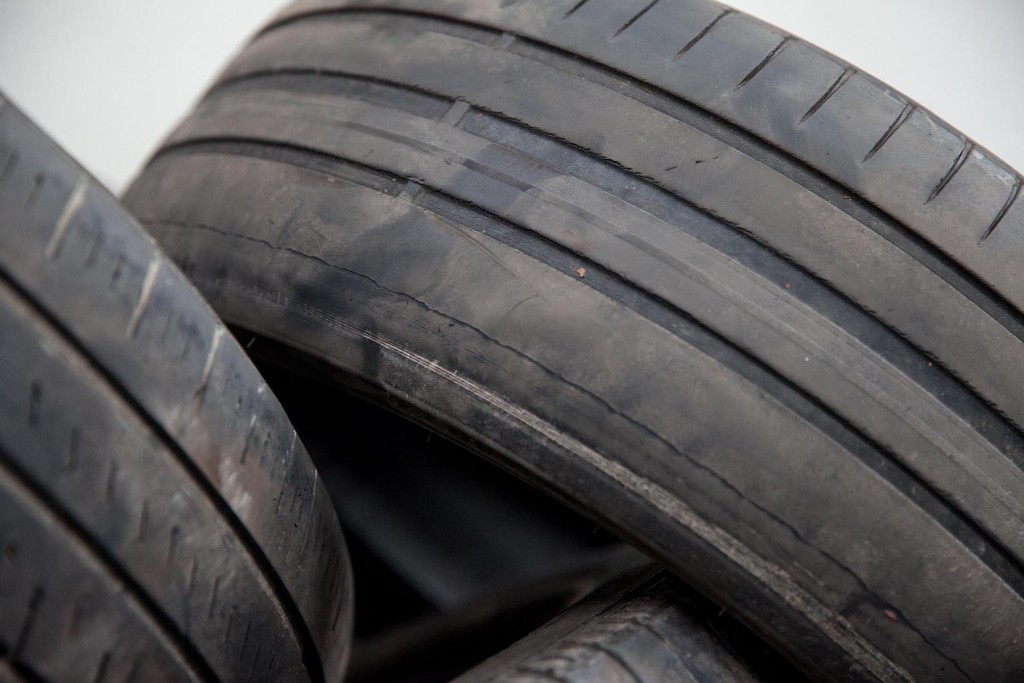
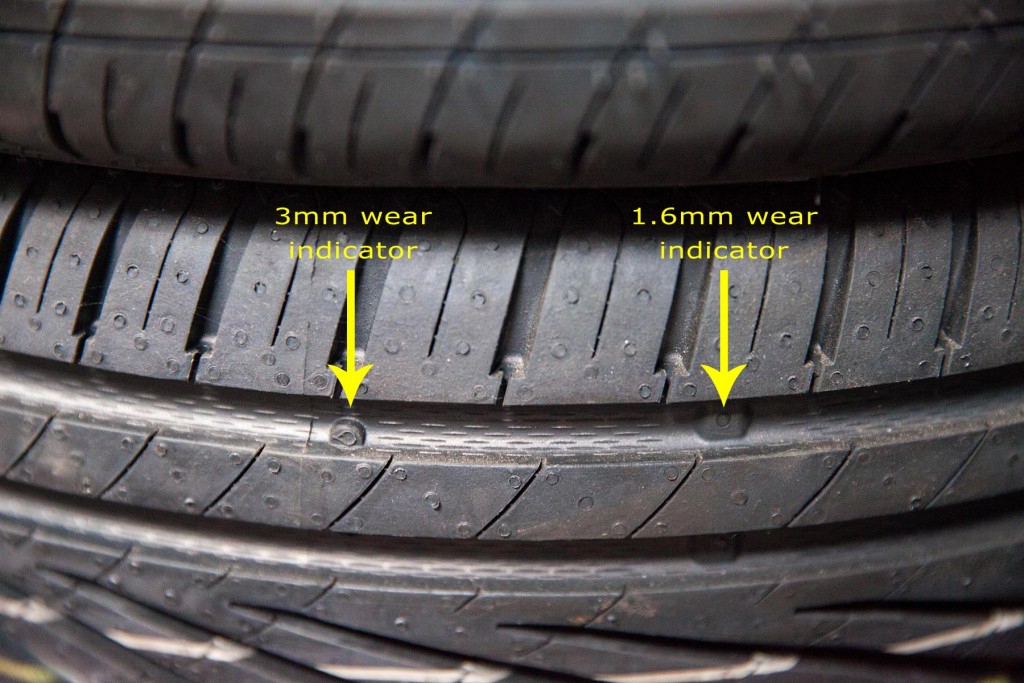
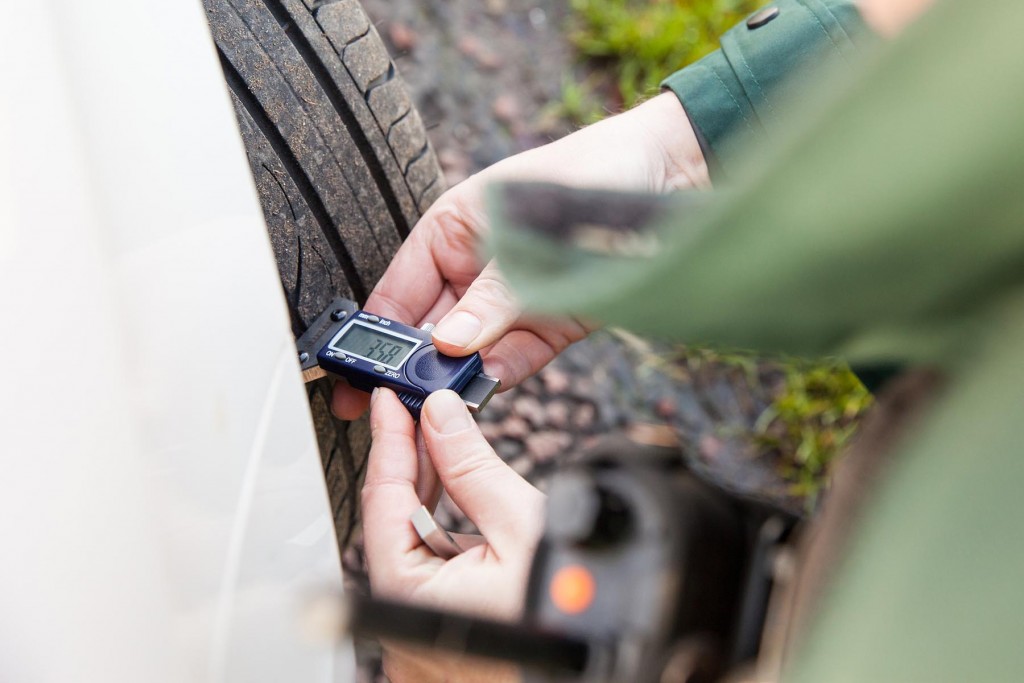
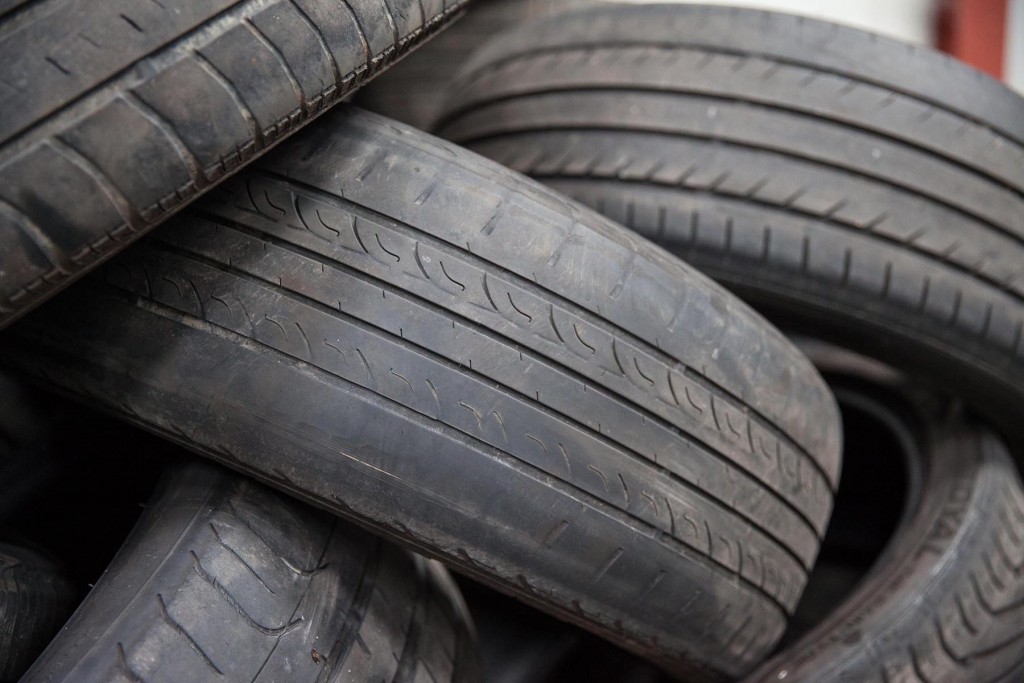







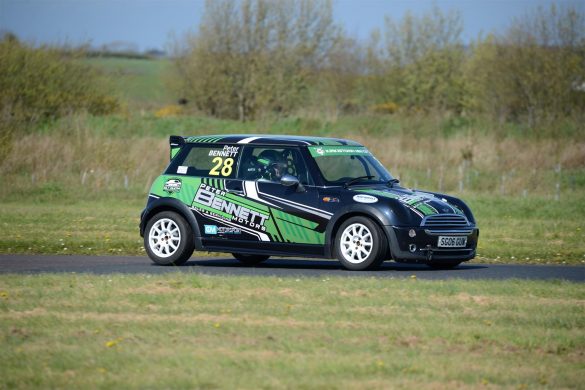


2 comments
[…] Protected: ROAD SAFETY AS WITNESSED BY A BACK SEAT DRIVER – PART 1… […]
generic ivermectin cream: generic stromectol – stromectol online canada